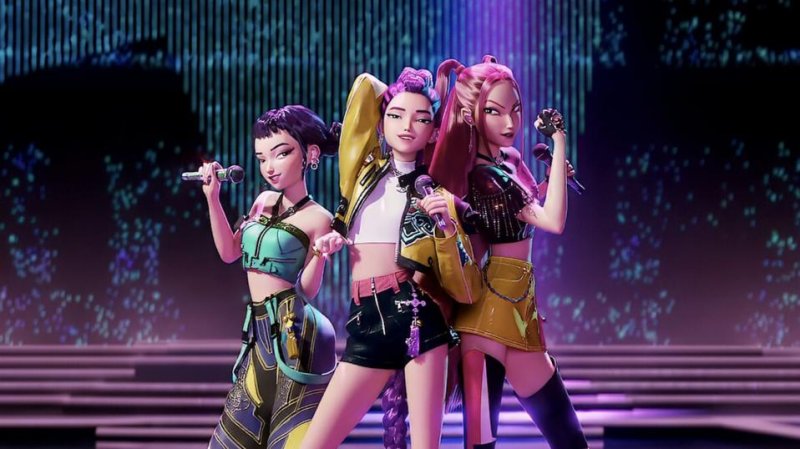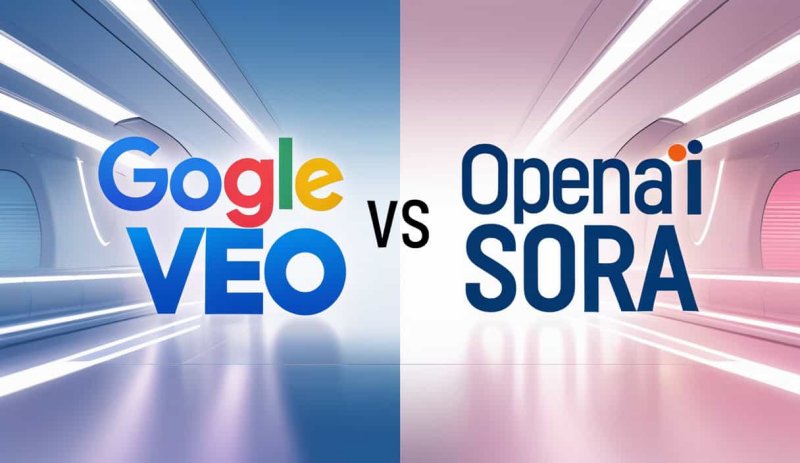
In the sprawling, hyper-connected ecosystem of K-Pop fandom, trends are born and evolve at a velocity that often defies mainstream comprehension. One of the most intriguing and culturally rich narratives to emerge from this space is the "K-Pop Demon Hunters" trend. More than a simple meme or a passing fancy, this trend represents a sophisticated, fan-driven mythopoesis—a modern-day digital folklore that blends ancient archetypes with contemporary idol culture, revealing profound insights into fandom psychology, narrative ownership, and the subversion of idol perfection.
The Genesis of a Modern Myth
The trend, which gained significant traction on platforms like Twitter, TikTok, and AO3 (Archive of Our Own) around the late 2010s and early 2020s, is not attributed to a single source but rather evolved organically from the collective creativity of the fandom. At its core, the "K-Pop Demon Hunters" narrative re-imagines members of popular K-Pop groups—most notably BTS, Stray Kids, and ATEEZ—not as global pop stars, but as supernatural beings or warriors engaged in a clandestine war against demonic forces.
The lore is intricate and varies by sub-fandom. In one iteration, BTS's seven members might embody different celestial or arcane elements, using their stage personas as a cover for their true identities. In another, Stray Kids' intense, often dark performance concepts are interpreted as literal battles against supernatural entities. This narrative construction is a form of analytical fan engagement, where fans deconstruct music videos, lyrics, and even off-stage moments for "clues" that support their evolving headcanons (headquarter canons).
Beyond the Meme: Deeper Psychological and Cultural Undercurrents
To dismiss this trend as mere fantasy is to overlook its deeper significance. It functions on multiple levels:
Reclaiming Narrative Agency: The K-Pop industry is famously controlled, with idols’ public personas meticulously curated by their management agencies. The Demon Hunter narrative is a powerful act of reclamation. Fans take the raw materials provided—a music video’s aesthetic, a lyric’s metaphor, a member’s perceived personality—and weave them into a story entirely of their own making. It is a subversion of the top-down media narrative, transforming passive consumers into active authors and world-builders.
Metaphor for the Idol Struggle: The archetype of the demon hunter resonates powerfully with the perceived reality of an idol's life. The relentless schedules, the pressure to perform perfectly, the scrutiny of the public eye, and the constant battle against malicious online comments (often referred to as "haters" or "antis") can be likened to a epic, draining struggle. By casting their idols as powerful hunters battling literal demons, fans create a potent metaphor. The demons become manifestations of anxiety, depression, sasaeng (obsessive) fans, and industry pressures. In this narrative, the idols are not victims but empowered heroes, armed with talent, teamwork, and the support of their fandom (often incorporated into the lore as allies or initiates).
Building Deeper Community Bonds: This shared narrative acts as a powerful social glue within fandoms. Collaborating on theories, creating fan art, writing fanfiction, and producing video edits based on the Demon Hunter AU (Alternate Universe) fosters a profound sense of community and shared purpose. It creates a private language and a shared universe that strengthens in-group identity, separating "those who know" from casual observers.
The Aesthetic and Narrative Toolkit
The trend is visually and narratively distinct, drawing from a diverse palette of influences:
- Urban Fantasy & Neo-Noir: Settings often blend the familiar ( Seoul's glittering cityscapes) with the occult, creating a world where magic hides in plain sight.
- Iconography: Symbols from official music videos are repurposed as sigils or clan markings. Outfits from performances are interpreted as battle gear or ceremonial robes.
- Character Archetypes: Members are assigned roles based on their group positions and personalities. The leader becomes the general or high priest; the main dancer, the most agile combatant; the vocalist, perhaps a wielder of sonic magic or healing charms.
This sophisticated intertextuality demonstrates a high level of media literacy among fans, who seamlessly blend pre-existing folklore, anime tropes, and Western fantasy elements with the specific lore of their chosen group.
Professional Implications and Industry Perception
From a professional standpoint, the Demon Hunters trend is a case study in brand allegory. While entertainment companies do not officially sanction these narratives, they often tacitly encourage them. By producing content that is open to interpretation—cinematic music videos with complex storylines and symbolic imagery—agencies provide the fertile ground in which such fan theories grow. This strategy geniusly promotes sustained engagement. Fans spend hours analyzing content, debating theories, and creating derivative works, all of which amplifies the group’s presence online and deepens emotional investment.
However, a delicate balance must be maintained. Agencies must be careful not to explicitly endorse fan-generated AUs to avoid confusing the group’s official brand narrative or alienating more casual fans who may find the concept bizarre.
The Limits of the Fantasy
As with any fan-driven phenomenon, boundaries are crucial. The trend generally remains within the realm of respectful appreciation. The "demons" are metaphorical, and the narrative is one of empowerment, not horror. The trend focuses on the idol as a heroic character, a fictionalized extension of their persona, rather than an invasion of their private self. This distinction is key to its sustainability and acceptance within the broader fandom ecology.
Conclusion: A Testament to Modern Storytelling
The K-Pop Demon Hunters trend is far more than a quirky internet meme. It is a vibrant, complex form of participatory culture. It is a testament to the human need for story—to make sense of the world through narrative, to find mythic resonance in modern figures, and to build community around shared belief systems, even playful, fictional ones.
In re-imagining their idols as demon hunters, fans are ultimately engaging in a multifaceted act: they are critiquing the pressures of the industry, celebrating the strength and resilience of the artists they admire, and, most importantly, asserting their own creative power. In the digital age, folklore is no longer passed down solely through villages; it is collaboratively written, edited, and distributed across global networks, with K-Pop idols as its muses and fandoms as its authors.







0 Comments
Post Comment
You will need to Login or Register to comment on this post!